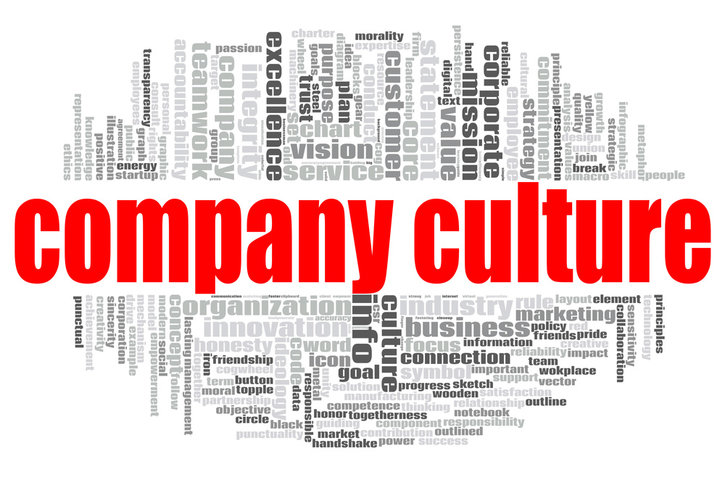Building the Right Culture in Organizations: A Pathway to Long-Term Success
- Kim Madrigal

- Oct 7
- 2 min read

Organizational culture is a critical determinant of success. A positive, strong culture attracts and retains top talent, drives engagement, enhances productivity, fosters innovation, and fuels growth. Leaders who prioritize cultural development position their organizations for long-term success.
However, building a thriving culture is not a one-time task. It requires intentionality, ongoing effort, and commitment from leadership at every level. In this post, we explore why organizational culture is crucial and provide actionable tips for fostering a purpose-driven workplace.
The Power of Organizational Culture
Organizational culture is the sum of a company’s values, beliefs, behaviors, and practices. It influences interactions, decision-making, and external perception.
Key Benefits:
Employee Engagement and Retention: Employees connected to company values show higher job satisfaction and commitment.
Attracting Top Talent: Job seekers prioritize workplaces with strong, inclusive cultures.
Clear Decision-Making: A shared culture guides consistent and aligned decision-making.
Innovation and Agility: A culture of collaboration and open communication fosters creativity.
Customer Satisfaction: Engaged employees provide superior customer service, boosting loyalty.
The Power of the Right Culture

Challenges in Building the Right Culture
Despite its benefits, shaping an effective culture can be challenging.
Common Challenges:
Resistance to Change: Long-standing behaviors are difficult to alter.
Lack of Alignment: Misalignment between company values and operations creates confusion.
Ineffective Communication: Clear, consistent messaging is necessary for cultural reinforcement.
Toxic Leadership: Leadership must model positive behaviors to instill trust and engagement.

Tips for Building a Thriving Organizational Culture
1. Clarify Core Values
Define and communicate the values central to your organization’s mission. Employees should understand how these values shape goals and operations.
2. Lead by Example
Culture starts at the top. Leaders must embody the company’s values through their actions and decisions.
3. Foster Open Communication
Encourage transparency and regular feedback. Organizations that prioritize communication experience higher employee engagement.
4. Empower Employees
Give employees opportunities to shape culture. Employee-driven initiatives increase investment and commitment.
5. Create a Positive Work Environment
Prioritize well-being, work-life balance, and professional growth opportunities.
6. Recognize and Appreciate Contributions
Regular recognition fosters motivation and reinforces cultural values.
7. Align Culture with Talent Management
Ensure culture is embedded in hiring, onboarding, and performance evaluations.
8. Monitor and Adapt
Regularly assess cultural health through employee feedback and adjust as needed.
Conclusion: Culture as a Competitive Advantage
Building the right culture is one of the most impactful investments an organization can make. A strong culture enhances engagement, productivity, and innovation, attracting top talent and fostering collaboration.
By prioritizing cultural alignment, leaders create a thriving workplace that drives long-term success. Intentional efforts today will yield significant benefits for years to come.

Ready to explore your organizational culture and how you and your team can build a purpose-driven workplace. Contact us for a free consultation on how we can help.
Sources:
Gallup (2020) - State of the Global Workplace.
Glassdoor (2023) - The Glassdoor Job Search Guide.
McKinsey & Company (2020) - Innovation Culture.
Harvard Business Review (2020) - Workplace Well-being.
Bersin by Deloitte (2016) - Impact of Employee Recognition on Organizational Success.




Comments